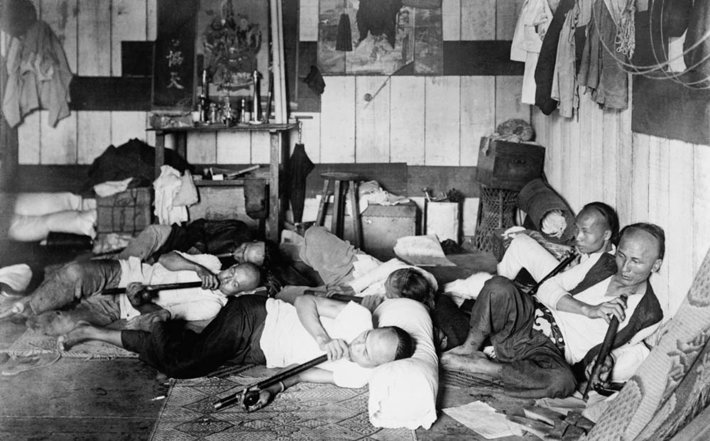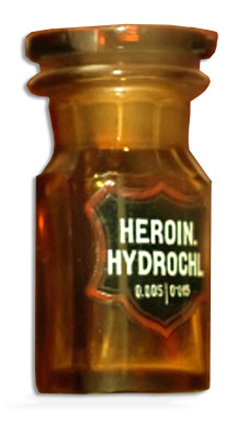Heroin History: 1900s
At the end of the 19th century in both America and Britain, opium and morphine were popular for medical and recreational purposes. While heroin was first derived at about this time by boiling morphine, it would be a while before it too would become a popular drug.
Working-class families in England used opium for all types of illnesses and injuries. Coughs (common for those with tuberculosis or pneumonia), sleeplessness or injuries would be soothed by these drugs. Many of those who supplied the drug were not doctors, and overdoses were not unusual. Some mothers who gave the drug to calm fussy babies inadvertently killed them by giving too much.

When the Civil War came, morphine was the drug of choice to alleviate the terrible injuries of the soldiers. Doctors of the time had few tools or drugs. When a person was shot in the leg, the normal treatment was amputation. Morphine was the only thing that made the gunshot, amputation, and recovery tolerable. But thousands of soldiers became addicted to the drug and remained addicted after the end of the war. Addiction to morphine became known as the “Soldier’s Disease.”
In the US, the liquid opium called laudanum was mostly used by women, as men could find relief in alcohol. Opium use accompanied the Chinese who came to the West to build railroads. Opium dens were therefore found in San Francisco and Denver, as well as other larger western cities.
Heroin’s Marketing Begins

In 1898, the Bayer pharmaceutical company began an aggressive marketing campaign to sell its commercial preparation of Heroin. That was the name they gave to their formulation of diacetylmorphine, or the product of boiling morphine for several hours. Heroin was heavily promoted as being non-addicting, and therefore an excellent treatment for morphine addiction. Bronchitis, tuberculosis and other cough-inducing illnesses were also treated with Heroin. In 1906, the American Medical Association approved Heroin for general use and recommended that it be used in place of morphine.
This free rein soon resulted in a population of 200,000 heroin addicts in New York City. In 1914, the Harrison Narcotics Act was passed that was an attempt to stop the abuse of cocaine, heroin, and cannabis. Under this law, it became illegal to own, use or be addicted to illicitly-obtained narcotics. Doctors and pharmacists were required to register and pay a tax on all prescriptions. This was the beginning of arrests for drug abuse. In some areas, the majority of prisoners in federal facilities would be incarcerated there on drug charges.
In 1924, the deputy commissioner of the New York Police reported that 94% of all crimes were being committed by heroin addicts. Soon after, the drug was outlawed for both medical and illicit use. The League of Nations followed with more restrictions, and manufacture and export of heroin began to be controlled.
The French Connection
These regulations and bans just moved heroin production from factories in Europe to clandestine labs in China. Trafficking channels to Europe and the US began to be controlled by organized crime in Europe, resulting in the “French Connection”: the importing of unrefined heroin to Marseille, France, where it went through its final refinement before being shipped to Northeastern US cities and Europe.
During World War II, heroin supplies into the US were restricted due to increased security. Many American addicts were no longer able to get the drug and the numbers of addicts fell. But this new pattern only lasted until the end of World War II. Then the crime syndicates went back into business. Not too long after that, America’s participation in conflicts in Southeast Asia put millions of GIs right in the crosshairs of heroin manufacturers and traffickers.
The shifting of heroin manufacture from Turkey to Southeast Asia came as a result of complicated political plays that occurred in the wake of World War II. When the dust settled, American and European crime syndicates transferred their supplier routes to the Golden Triangle - where Burma (now Myanmar), Thailand and Laos converged.
In the next twenty years, nearly four million American service men and women would be stationed in this area or nearby. This would be one of the influences that would lead to American heroin addiction rates that were of a whole new order of magnitude.
Resources:
- Book: Medicine in the Old West: A History, 1850-1900. Jeremy Agnew, McFarland & Company, Jefferson, North Carolina, 2010.
 ®
®